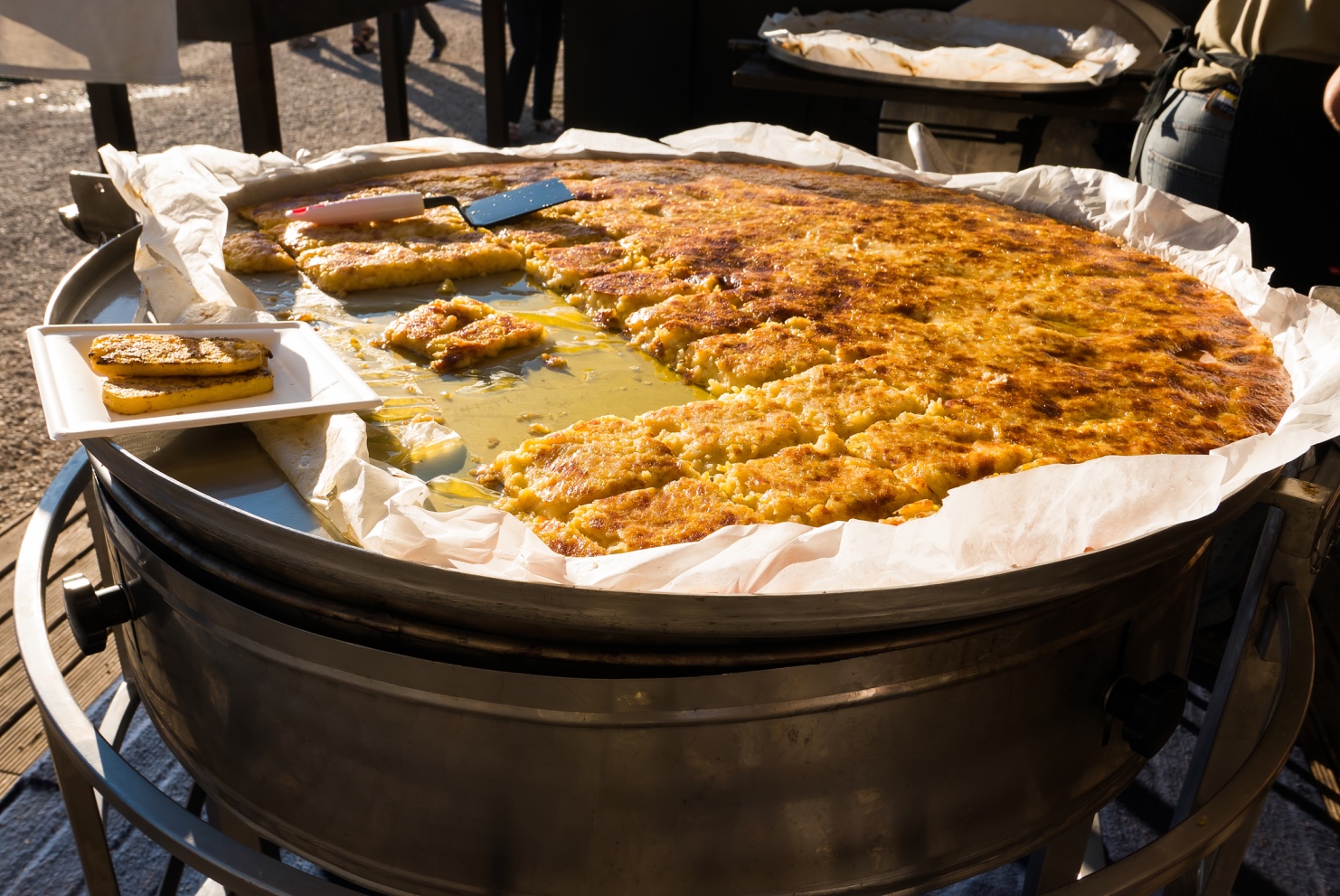ROME – According to the International Monetary Fund there is a new alarm of stagnation in Europe: economic growth is still disappointing. Signs of recession are evident not only for banks and finance.
In Italy, where the public debt increases again passing in one year from 127% (debt/Pil) to 130,3% (it is second only to that of Greece, equal to 160,5%), it is growing the incidence of pover-ty. As Istat (the national institute of statistics) certifies, people in absolute poverty passes from 5,7% of the population in 2011 to the 8% in 2012, a record since the 2005.
In Italy there are 9 million 563 thousand people in poverty, e-qual to the 15,8% of the population.
Of these, 4 million and 814 thousand (8%) are absolute po-ors: they don’t succeed in purchasing goods and essential ser-vices for a dignified life.
Recession in the last two years has taken a heavy toll on ordinary Italians who are increasingly digging into their savings.
Almost 3.7 million Italians sought food aid last year
Almost 3.7 million Italians sought food aid last year
The situation is worst above all in the South: in 2012 almost 2 million 347 thousand people was in condition of poverty (they we-re 1 million 828 thousand in the 2011). Crisis and joblessness, which has struck alongside Italy’s deepest recession in 20 years, has driven more Italian children and their families into poverty.
Worrisome are the data on the children and elderly people: those in absolute poverty in the South are 1 million and 58 thousand (703 thousand in 2011, the incidence has been climbed by 7% to 10,3%) and the elderly 728 thousand (707 thousand, the incidence is equal to 5,8% for both the years).
The families in this situation are 6,8% on national staircase. From 2011 to 2012 the incidence is increased for those with three (from 4,7% to 6,6%), four (from 5,2% to the 8 ,3%) and five or more components (from 12,3% to 17,2%). But also the number of single-parent families in absolute poverty is jumped to 9.1% from 5.8% the previous year.
The economic crisis has visible effects: it means a 33% increase between 2010 and 2012 for charitable assistance and free distribution of hot meals and food to the poor people.
Moreover, the percentage of people in families who could not afford to eat a protein-based meal, such as meat every two days, rose to 16.6 percent in 2012 from 12.4 the previous year and 6.7 percent in 2010.






























